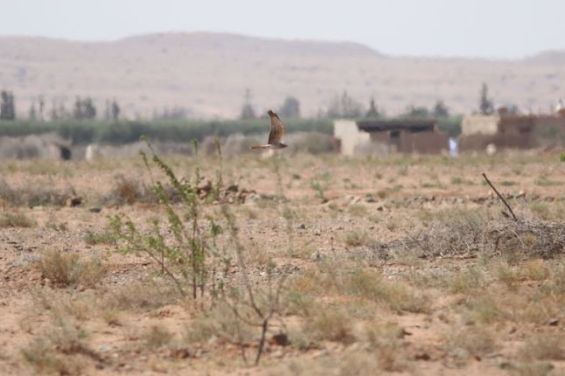According to a report published by Nature Today, conservation efforts for the Montagu's harrier (Bird of prey) are extending beyond national borders. Across Europe, conservationists are working to protect this species, particularly by safeguarding nests in agricultural fields. However, the survival of this critically endangered bird in many countries depends on more than just breeding success. North Africa, for instance, serves as a key stopover region for harriers migrating to and from their wintering grounds in the Sahel.
A recent expedition to Eastern Morocco (the area between the cities of Oujda and Figuig), as detailed in the Nature Today report, aimed to locate Montagu's harriers and their roosting sites, map prey availability, and document the landscape's condition. Previous expeditions in April 2010 and 2011 found that the harriers primarily inhabited agricultural areas and steppe habitats not affected by overgrazing.
During the latest expedition, researchers conducted prey transects to catalog potential prey animals. The team largely counted along the same transects as in 2010 and 2011 to understand how the environment and prey availability have changed. They also tracked tagged Montagu's harriers, successfully locating a Polish bird in a varied agricultural area with the highest harrier densities.
The Nature Today report highlights a worrying change in the southern part of the study area. Large sections of steppe had been converted into date palm plantations, covering hundreds of square kilometers. In other areas, years of drought had left visible marks, with large areas completely bare.
Preliminary analyses comparing current data with that from 13 and 14 years ago reveal shocking results. According to figures from GKA (Grauwe Kiekendief - Kenniscentrum Akkervogels) presented in the report, over three-quarters of the areas in the study region are now moderately to severely degraded. A graph in the report shows a significant decrease in the number of potential prey birds per kilometer across various habitats between 2010/2011 and 2024.
The preliminary conclusion, according to Nature Today, is that overgrazing, changed land use, and increasing drought due to climate change have deteriorated the environment in Eastern Morocco to such an extent that an important stopover area for migratory birds is at risk of being lost. This affects not only the Montagu's harrier but also species such as the barn swallow, wheatear, and yellow wagtail.





 chargement...
chargement...













